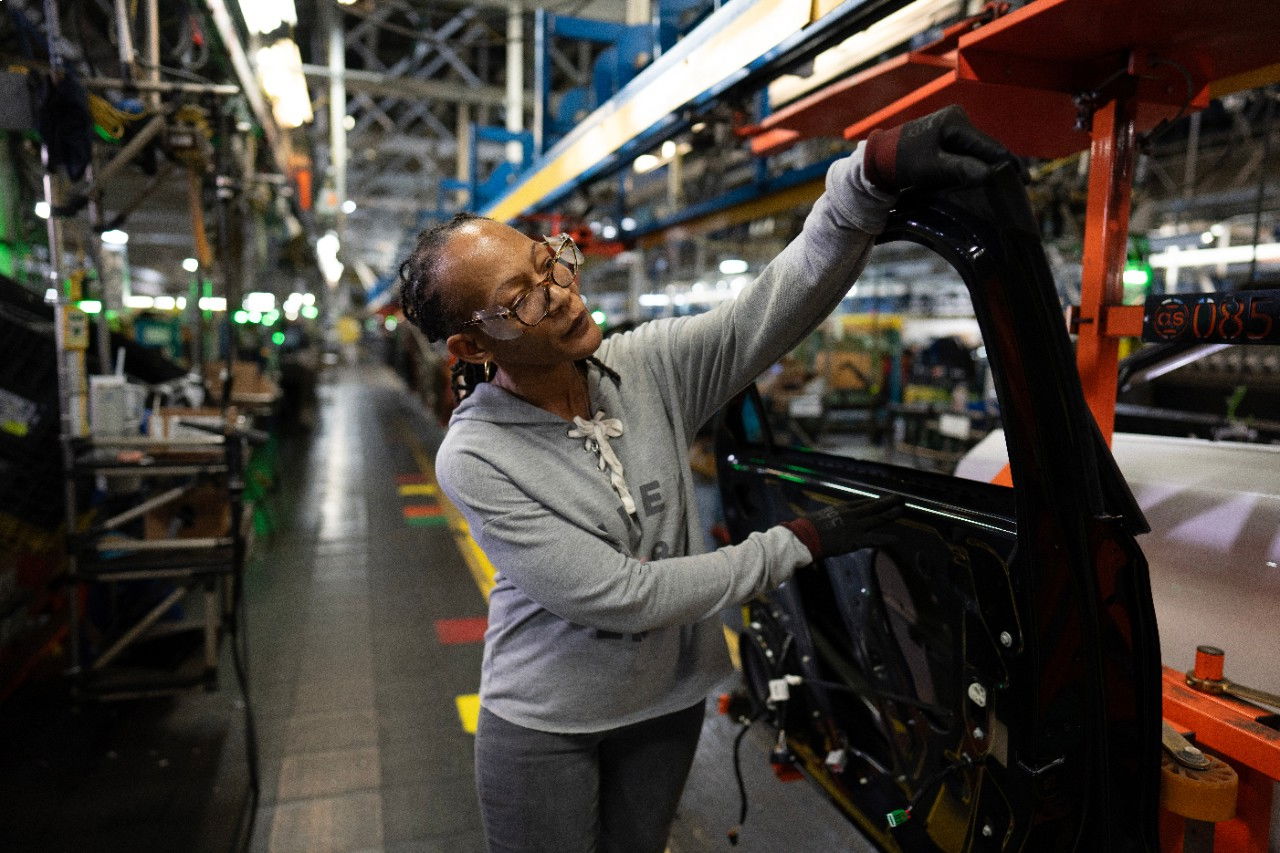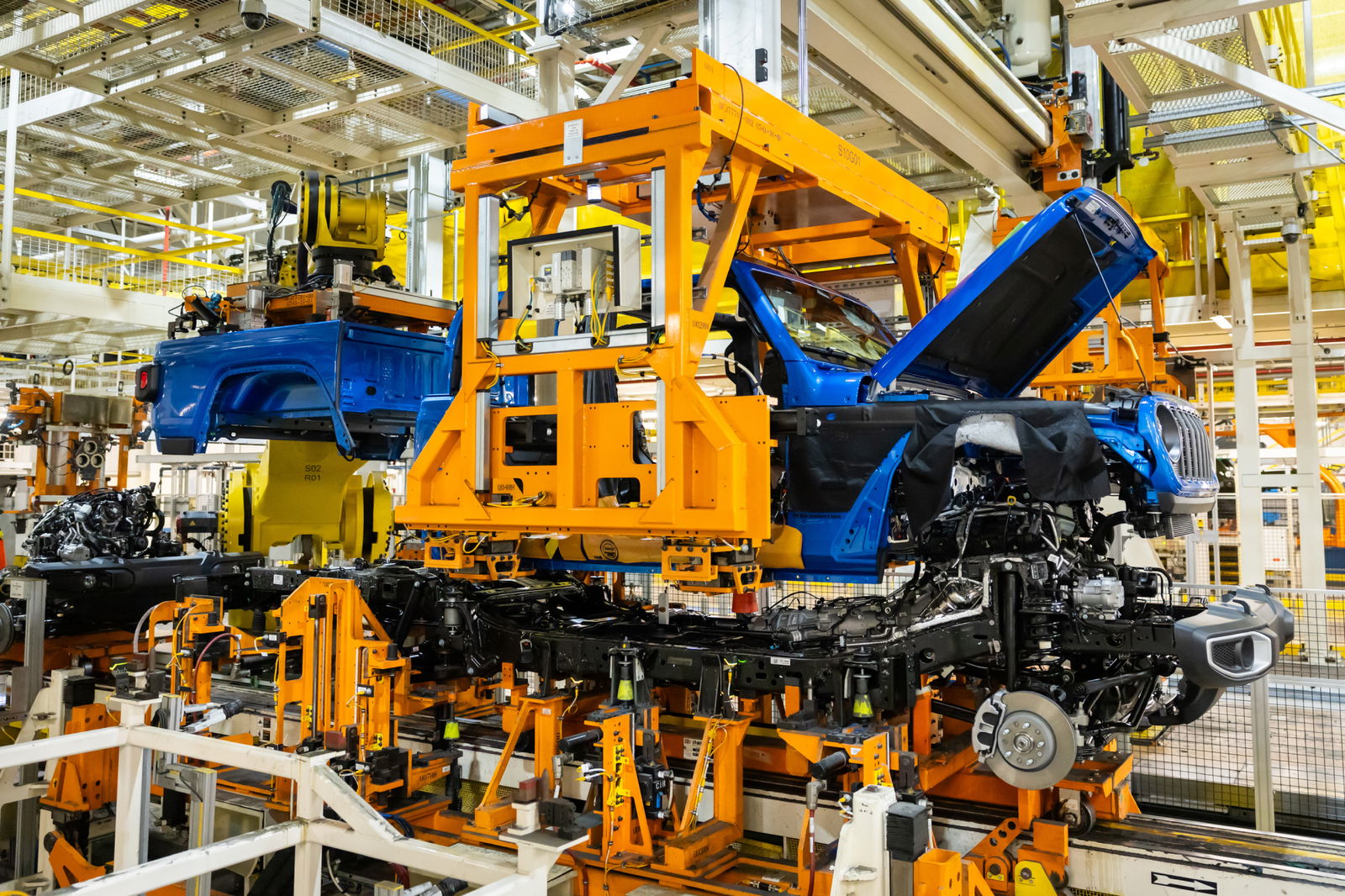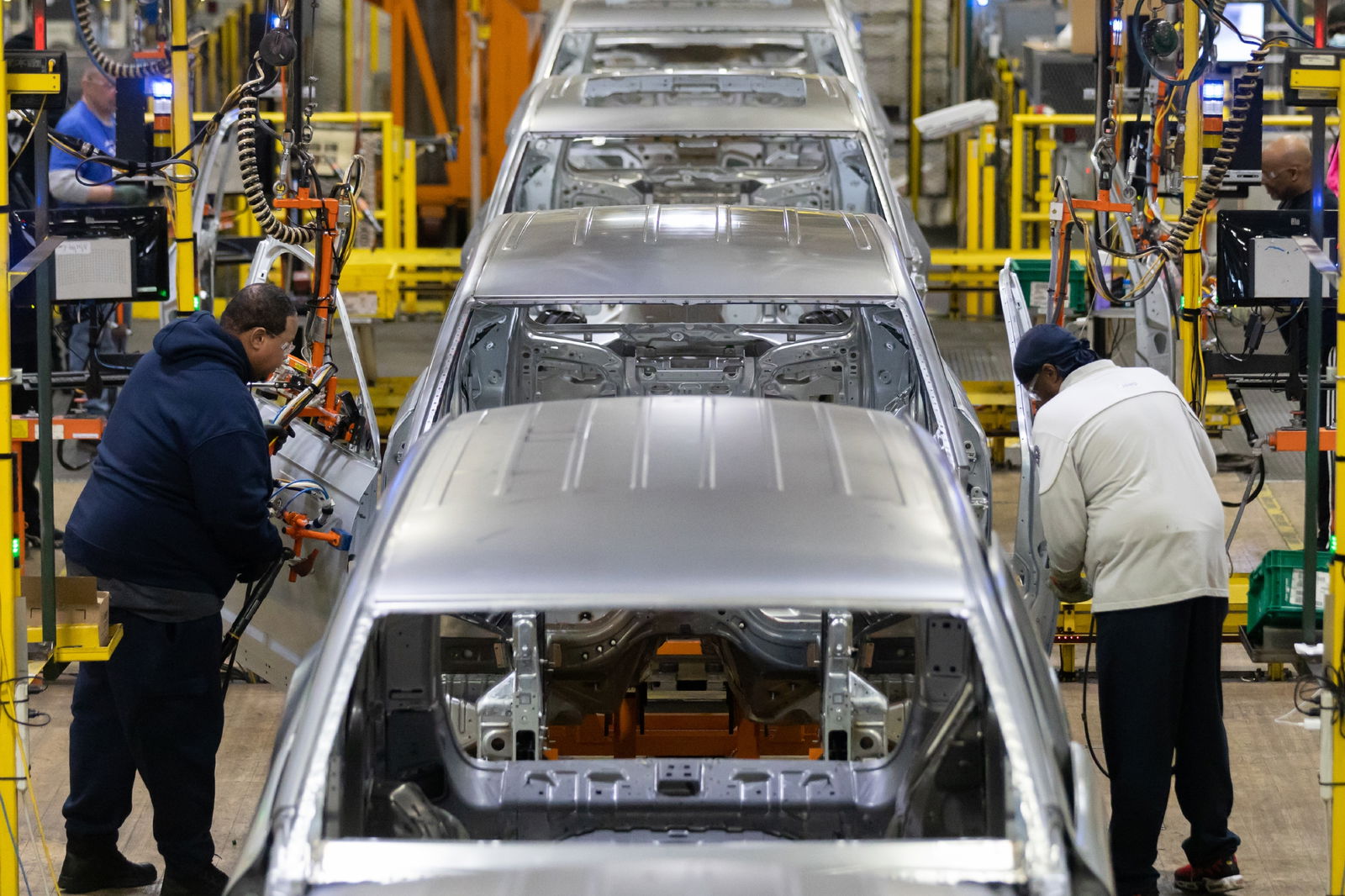General Motors and Stellantis have both reported financial losses of more than US$1 billion (A$1.53bn), with US tariffs on other nations the root cause, according to the carmakers.
US President Donald Trump introduced sweeping tariffs of 25 per cent on cars and automotive parts on April 2, impacting a majority of brands, including those with factories in countries such as Mexico and Canada.
GM – the second-largest carmaker in the world, and the owner of Chevrolet, Cadillac, GMC and Buick – announced an operating income loss of US$1.23bn (A$1.88bn) in the first half of 2025 , a drop of almost 21 per cent.

This led to a 21.4 per cent decrease in profit, standing at US$6.53bn (A$9.96bn) through the opening six months of the year. Despite this, GM saw a sales increase of 12 per cent in the US, and 9.4 per cent in China across the same period.
In a letter to shareholders, CEO Mary Barra detailed a recent announcement of US$4bn towards the carmaker’s US factories would not only “satisfy unmet customer demand”, but also “greatly reduce our tariff exposure”.
GM’s chief financial officer, Paul Johnson, added the auto giant is “still tracking to offset at least 30 per cent of the US$4bn (A$6.1bn) to US$5bn ($7.63bn) full-year 2025 tariff impact.

Things aren’t much better for Stellantis – parent of Jeep, Ram, Dodge, Chrysler and more – which announced it had lost more than €300 million (A$537 million) from the implementation of tariffs in the US.
This paled in comparison to a projected net loss of €2.3bn (A$4.12bn) in the opening half of the year, though the conglomerate hasn’t detailed where a majority of the financial losses occurred.
However, it announced its second-quarter (April to June) North American deliveries fell by a quarter compared to last year, “due to factors including the reduced manufacture and shipments of imported vehicles, most impacted by tariffs, and lower fleet channel sales.”
Ford – the third of the Big Three US brands – is set to announce its financial results next week.












Discussion about this post